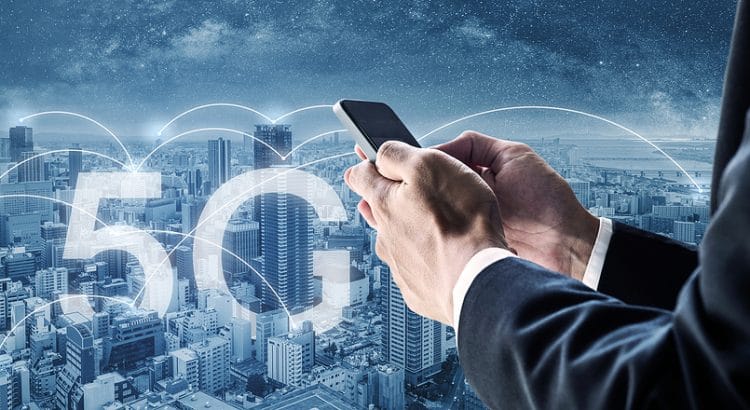Today, Verizon announced a huge expansion of its 5G service.
More millimeter wave
According to today’s press release, Verizon added ultra-fast, millimeter wave 5G service to parts of 19 cities, 19 stadiums, and 6 airports. In total, millimeter wave service from Verizon is now available in parts of 55 cities and 43 stadiums.
Nationwide, low-band 5G
Verizon also announced that it’s now using dynamic spectrum sharing (DSS) to offer slower, low-band 5G to over 200 million customers.1
According to Verizon’s coverage map, the low-band 5G service is available in most densely populated areas, but only a minority of the U.S. by land area. Here’s a screenshot from the map today:

I’m writing this post from an area allegedly in Verizon’s 5G coverage profile. My Galaxy S20 5G phone is still showing a 4G connection.
Carrier aggregation
Today’s press release also includes a boast about Verizon’s recent achievements with bleeding-edge carrier aggregation technology:
Footnotes
- In the press release, Verizon wrote:
“Today, Verizon also announced its launch of 5G Nationwide service, covering more than 200 million customers.”
I’m unsure whether Verizon meant to write “customers”, “potential customers”, or “Americans”. Typically, cellular carriers won’t advertise a service as “nationwide” until at least 200 million Americans fall within the service’s coverage profile.

